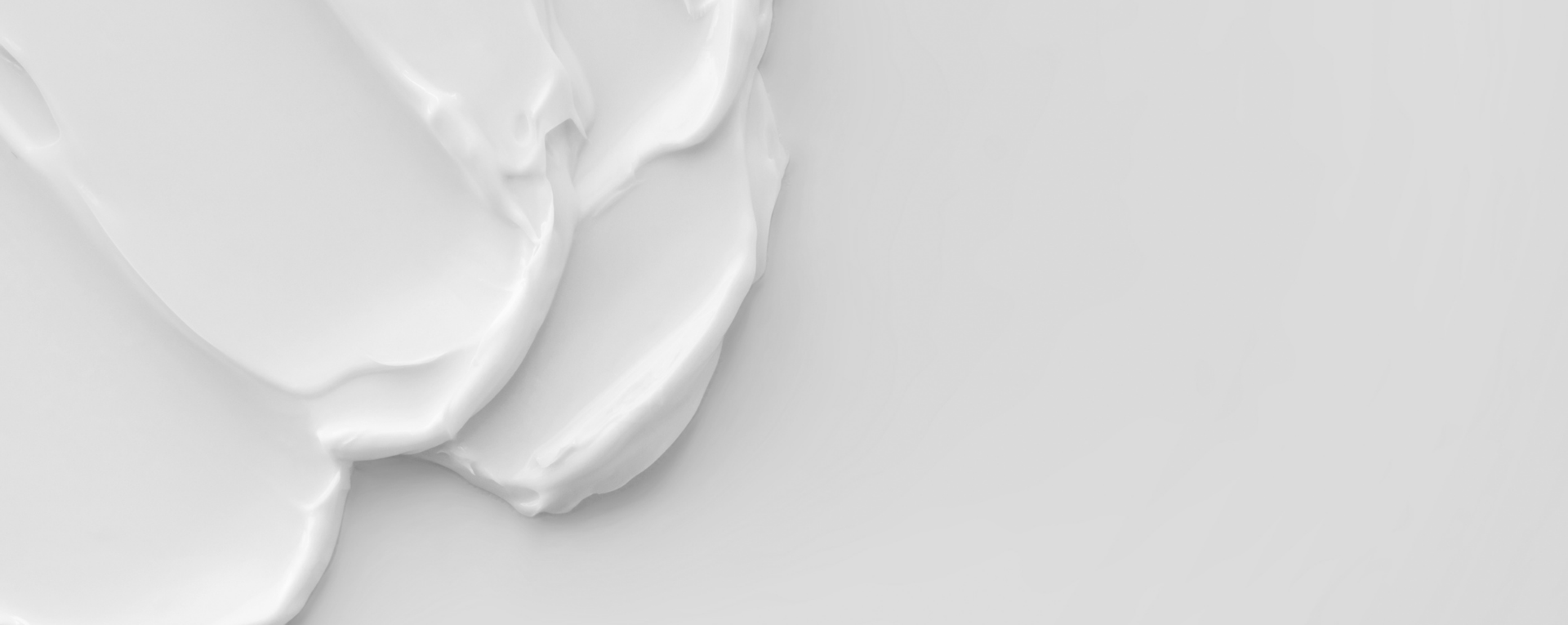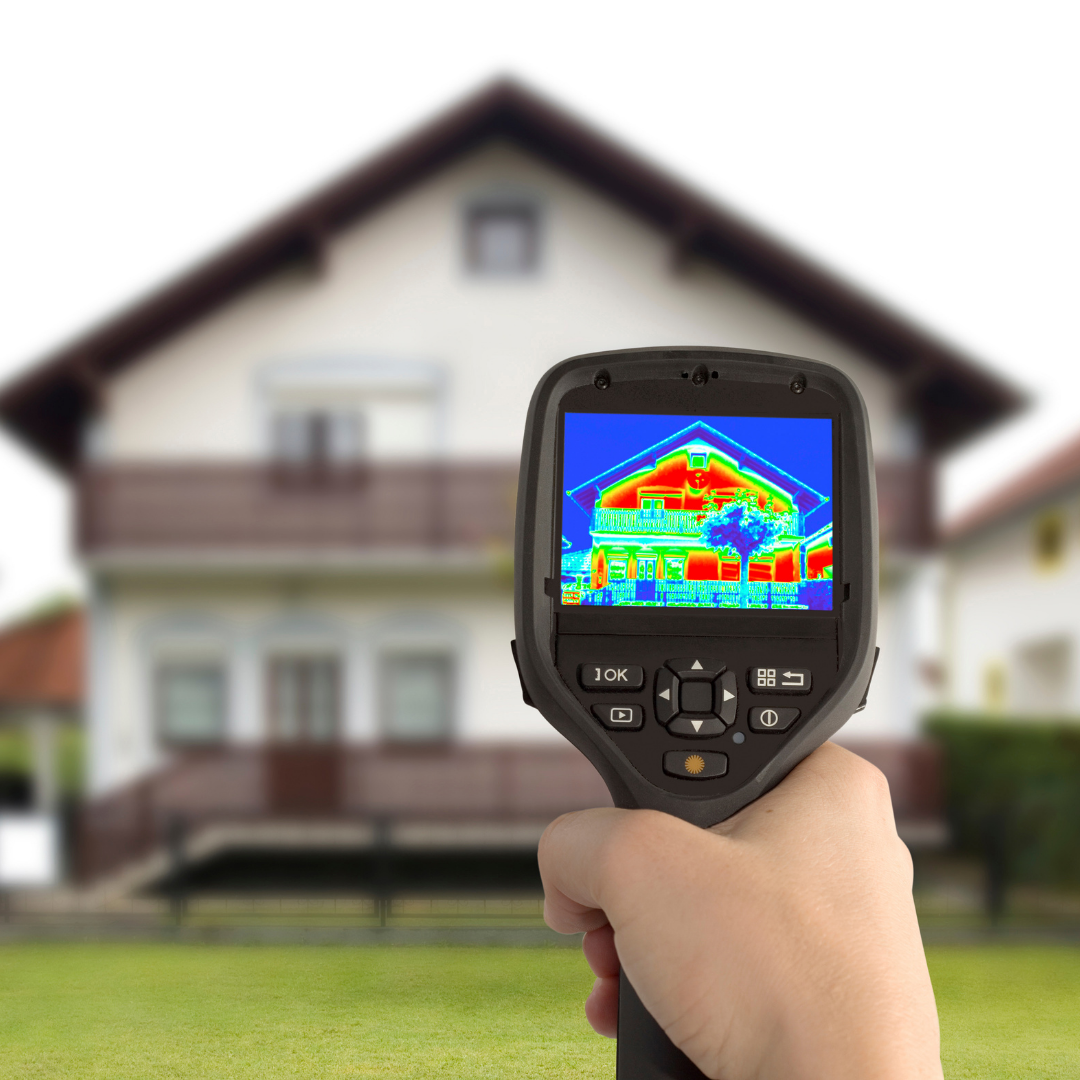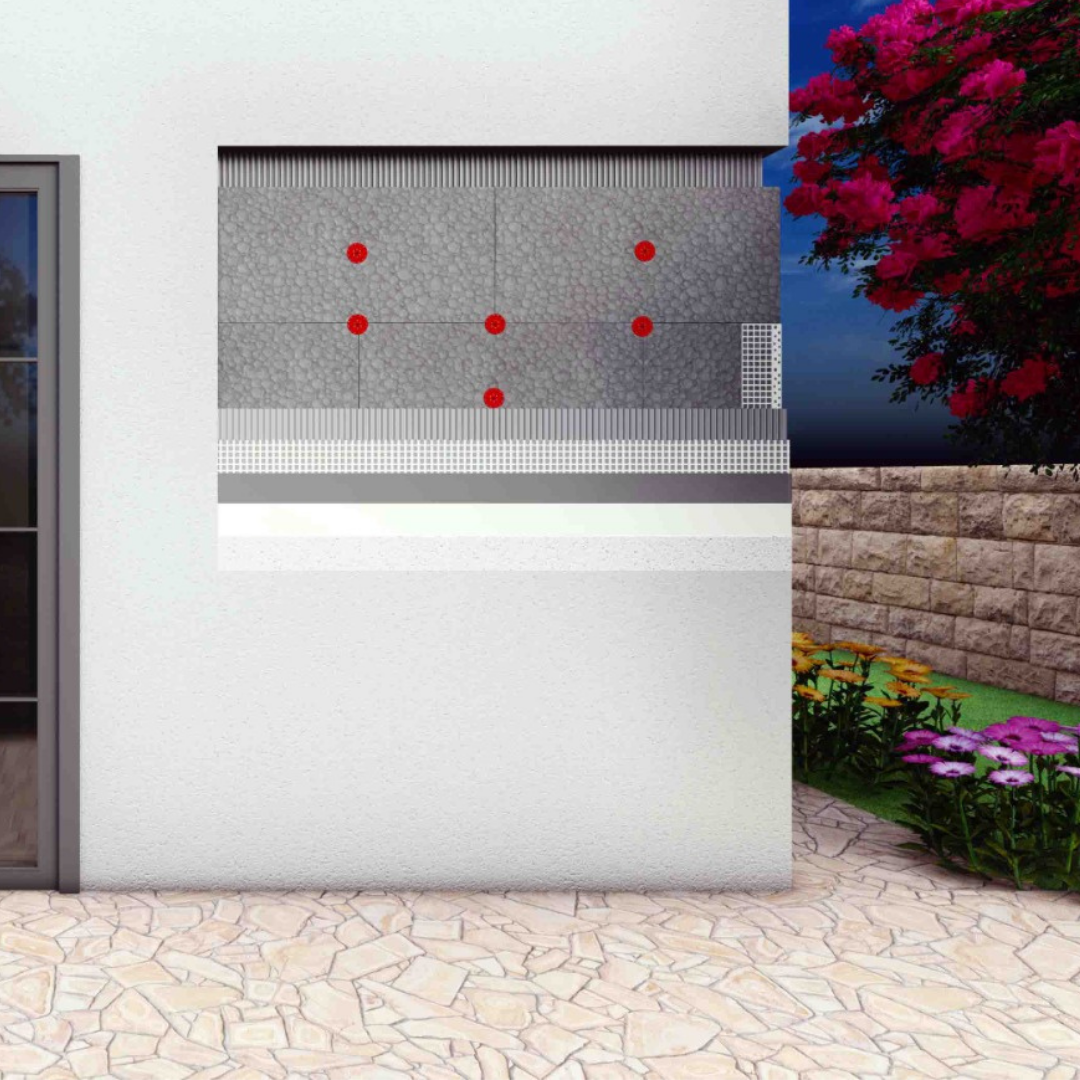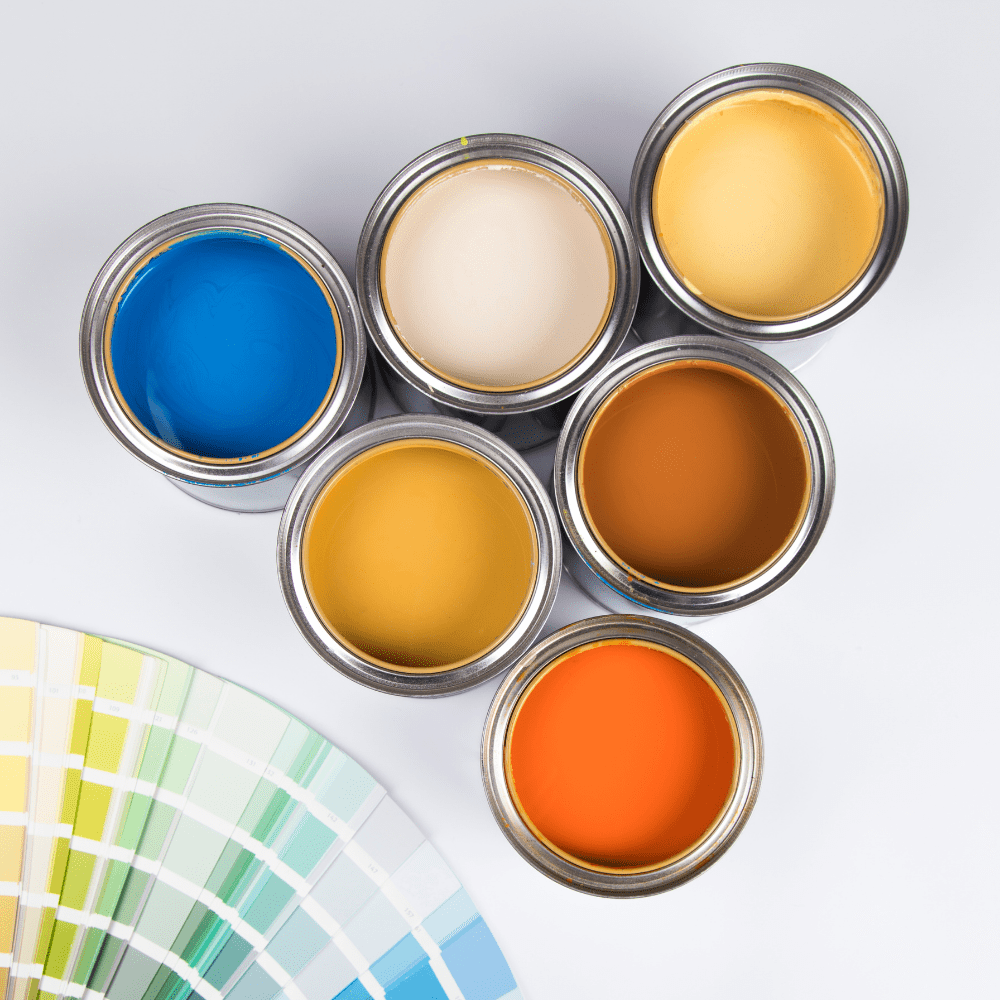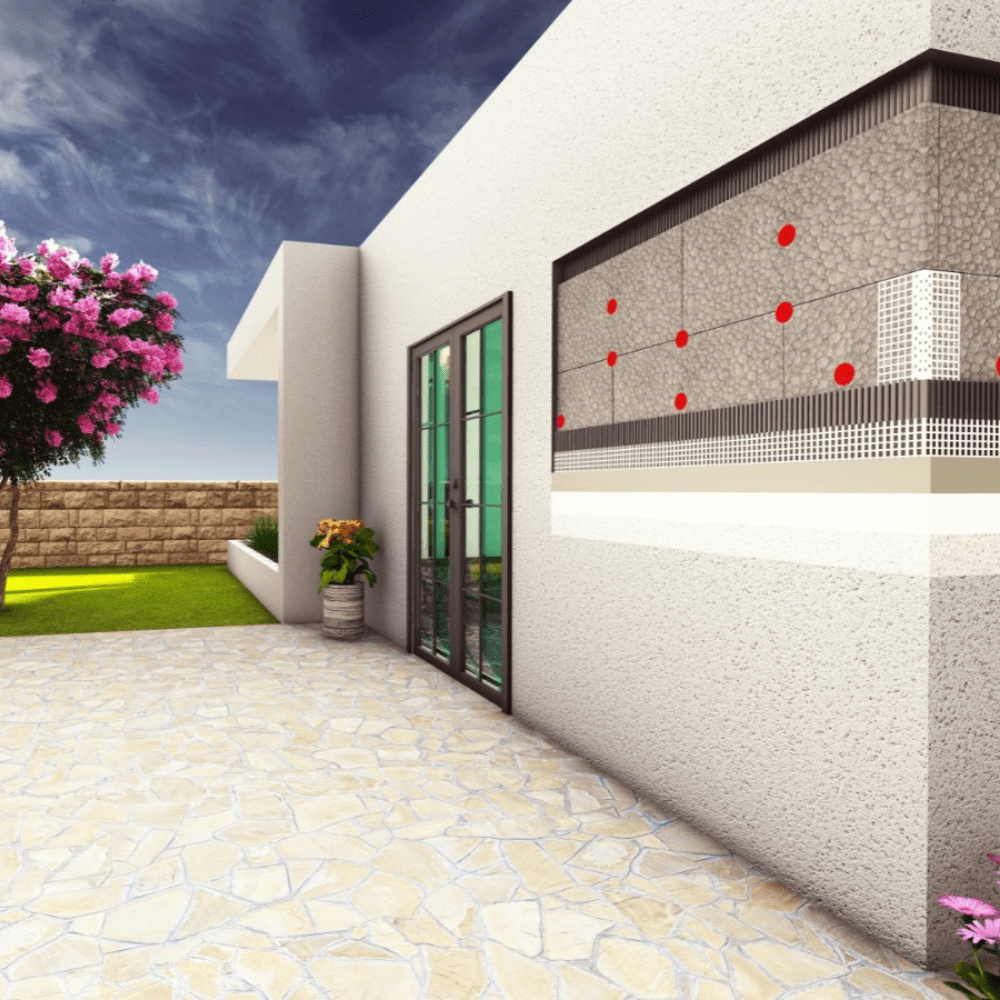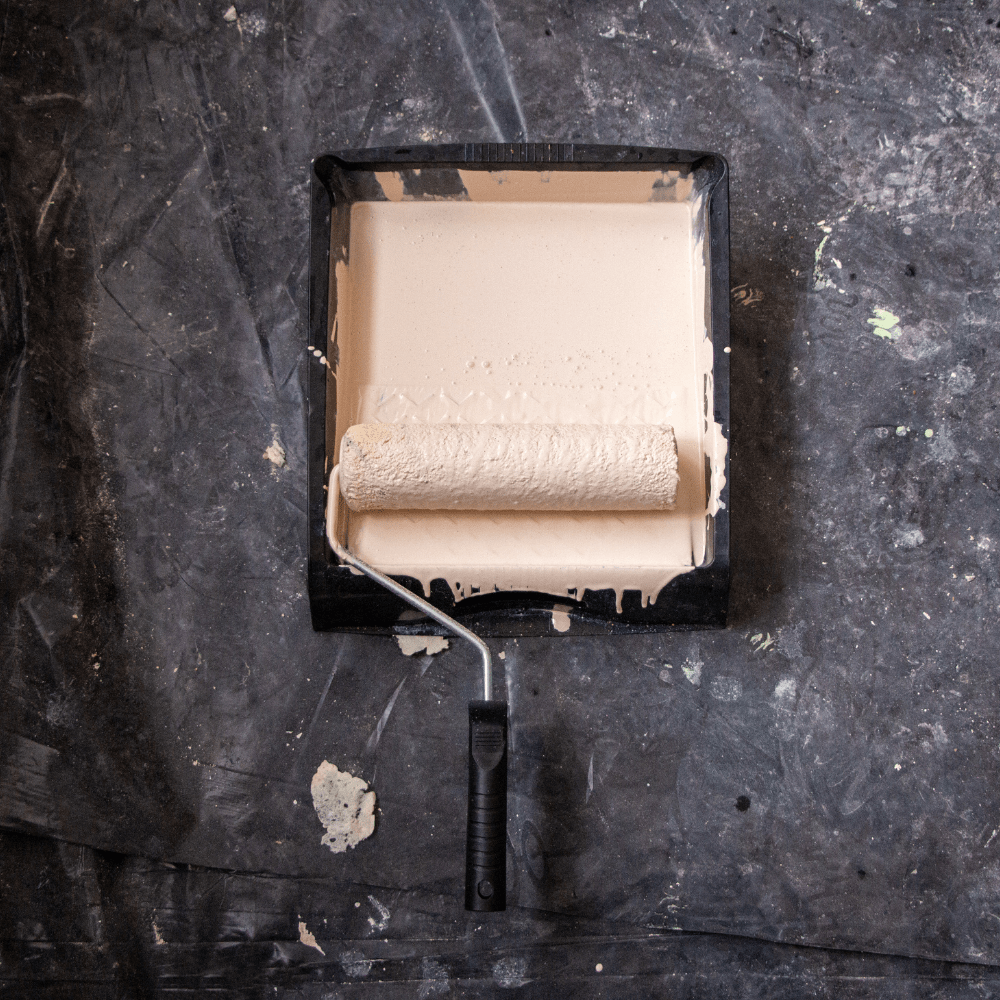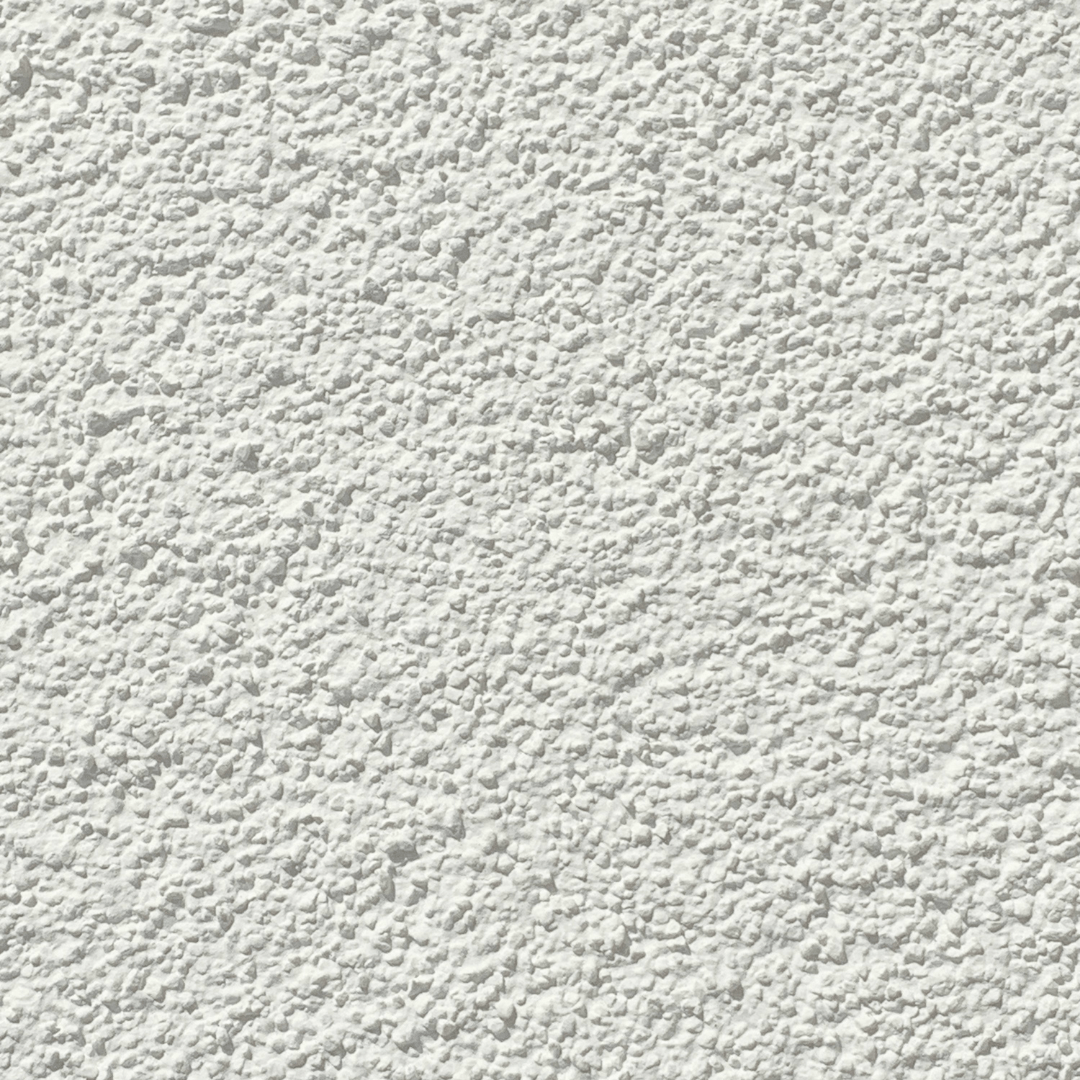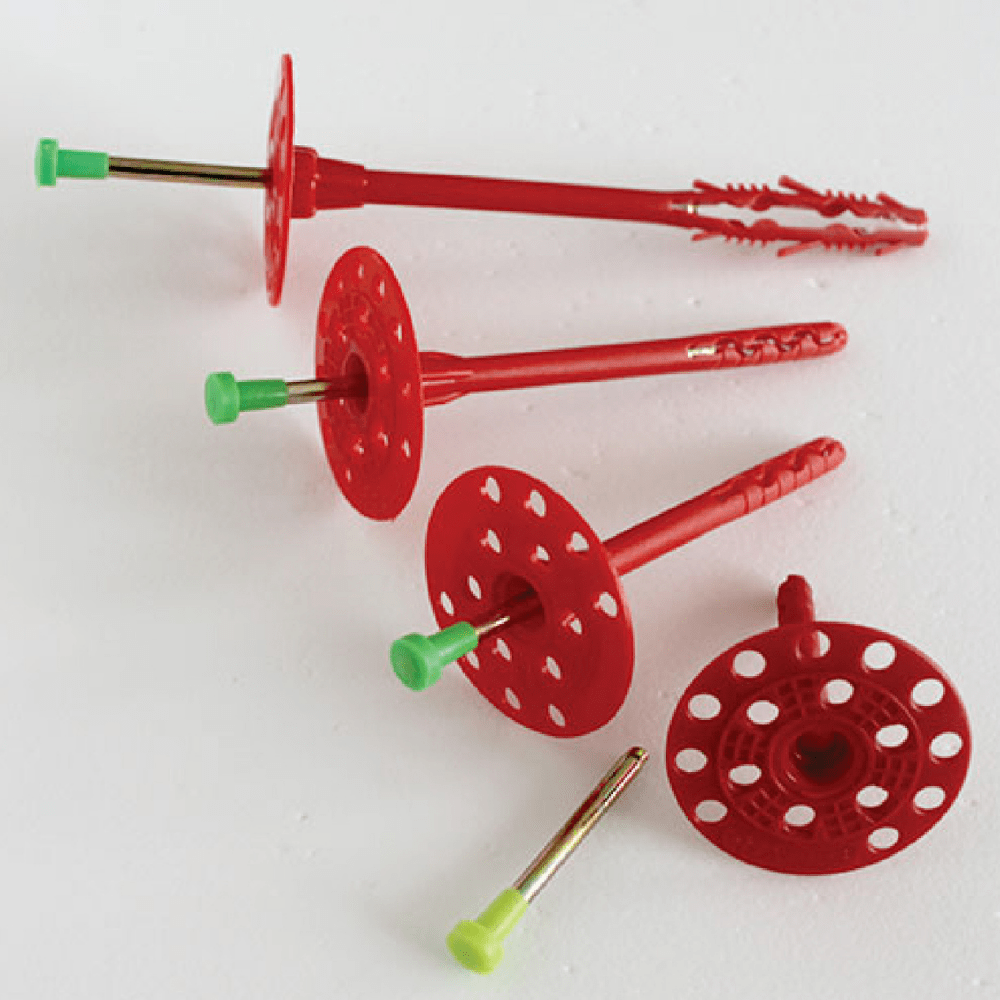Causes of Dampness
Insufficient Ventilation: Inadequate ventilation in rooms can increase indoor humidity levels, leading to dampness.
Waterproofing Problems: Leaks from roofs, windows, or cracks in walls can cause dampness.
Insulation Deficiencies: In cases where insulation is inadequate, external moisture can seep inside and cause dampness.
Indoor Moisture Sources: Activities like showering and cooking can increase indoor humidity levels.
Signs of Dampness
Mold Odor: Damp areas often have a distinct moldy smell.
Stains on Walls: Damp walls may show black or brown stains.
Peeling Paint and Plaster: Dampness can cause paint and plaster on walls to bubble and peel.
Health Issues: Dampness can lead to respiratory problems and allergic reactions.
How to Prevent Dampness
Regular Ventilation:
Regularly ventilating rooms is important to reduce indoor humidity levels.
Using ventilation fans in moisture-prone areas like bathrooms and kitchens can be beneficial.
Waterproofing:
Seek professional help to address waterproofing issues in roofs, windows, and walls.
Use high-quality waterproofing materials to protect your walls.
Insulation Systems:
Use external insulation systems to prevent external moisture from entering.
Opt for modern insulation materials like carbon-based EPS thermal insulation boards.
Dehumidifiers:
Dehumidifiers collect excess moisture from indoor air and prevent dampness.
Using these devices, especially during winter months, can be effective.
Decorative Plasters and Paints:
Using water-based paints and decorative plaster products can protect your walls from moisture.
These products also provide an aesthetic appearance.
Dampness Prevention Products:
Market-available dampness prevention products can be effective in high-moisture areas.
Regular use of these products can prevent the formation of dampness.
